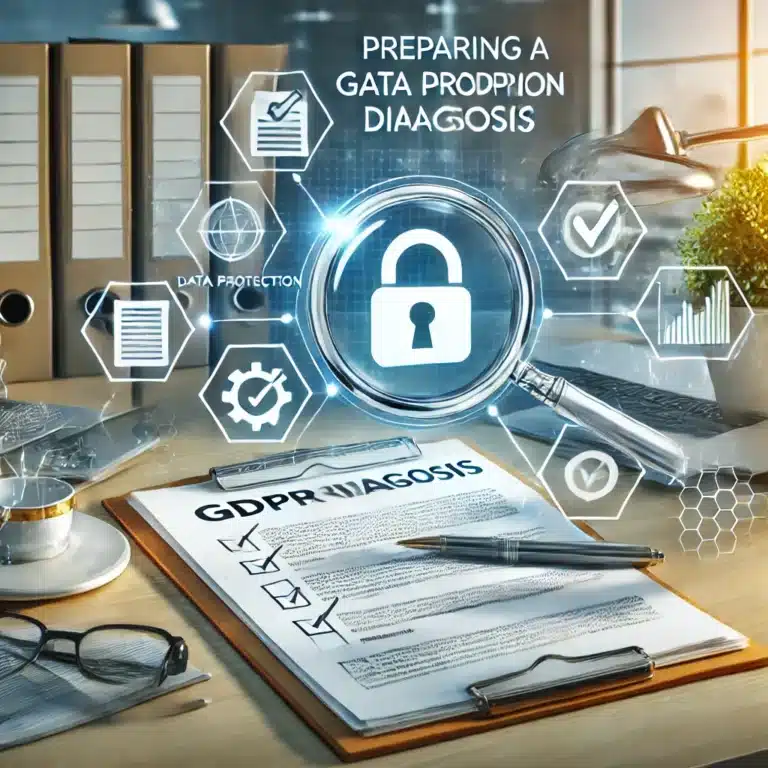The new regulation strengthens the protection of personal data by complementing directives such as 2002/58/EC. It defines the responsibilities of data controllers and the rights of individuals, covering areas not previously addressed. To ensure compliance, organizations must prepare an effective GDPR audit by following a structured approach.
Specific Rules for Employees
Member States may establish rules through laws or collective agreements for:
- Consent: Conditions for recruitment and contract management.
- Obligations: Compliance with laws and collective agreements.
- Policies: Management of data related to equality, health, and safety.
- Employee Rights: Protection of individual and collective benefits.
- Termination: Management of data at the end of a contract.
Interaction with Existing Directives
The regulation complements Directive 2002/58/EC. A revision of this directive is planned to avoid overlaps and integrate technological advancements.
Why Consistent Protection is Crucial
The EU must ensure uniform protection, as national laws alone are insufficient. A harmonized framework facilitates cross-border flows, stimulates innovation, and manages cross-border challenges.
Existing Consents and Scientific Research
Consents under Directive 95/46/EC remain valid if they comply with the new standards. For scientific research, the regulation protects privacy while encouraging the advancement of knowledge, with special conditions for sensitive data.
Historical and Genealogical Research
The processing of data for historical research, including genealogical research, is regulated to protect confidentiality. Data of deceased persons is not covered.
Protection Measures
Organizations must:
- Minimize data collection.
- Use encryption and pseudonymization.
- Conduct regular impact assessments.
- Manage individuals’ rights transparently.
Preventing Breaches
To avoid breaches:
- Assess risks.
- Encrypt data.
- Implement strict access controls.
- Prepare incident response plans.
Preparing a GDPR Audit
A well-prepared GDPR audit helps identify non-compliance and implement corrective actions. Key steps include:
- Define the Scope: Identify the types of data processed, the processes involved, and the departments concerned.
- Collect Documents: Gather privacy policies, processing records, impact assessments (PIA), and contracts with subcontractors.
- Involve Key Teams: Collaborate with the DPO, department heads (HR, IT, Marketing), and data security personnel.
- Establish a Timeline: Plan the steps of the audit, including information gathering, interviews, and the delivery of the final report.
- Prepare Teams: Train teams on GDPR requirements and raise awareness of best practices in data protection.
Responsibilities of Data Controllers
They must:
- Implement appropriate compliance measures.
- Document and regularly assess risks.
- Ensure transparency and conduct audits.
- Integrate data protection by design.
In summary, this regulation strengthens data protection while facilitating operational needs and encouraging innovation within a harmonized framework that respects individual rights. Preparing a GDPR audit is essential to ensure lasting compliance and better management of personal data.





